Cabbage Farming in Kenya
The Cabbage alongside Sukuma wiki is the most consumed leafy vegetable in Kenya. From the Brassica family together with Kale, cauliflower, and canola, the cabbage comes in red and green colours.
Cabbages in Kenya are farmed for sale in the local market. They are a regular ingredient in meals served in homes and institutions all over the country. This is due to the fact that they are readily available throughout the year.
In this article, we give a detailed look into farming the green-colored cabbage
Cabbage varieties are grown in Kenya
The most popular varieties of cabbage available in the Kenyan Market are the green coloured one followed by red cabbage. The best cabbage varieties to grow depends on your production goals and the ecological region where you are growing the cabbages. Below is a list of the cabbage varieties that are grown in Kenya.
- Gloria F1 Cabbage.
Gloria F1 matures in 90 days after transplanting. The leaves have a solid blue-green colour, with a thick waxy layer. Gloria F1 keeps well after harvesting and is not prone to splitting. It is tolerant to black rot and resistant to fusarium yellows.
The recommended spacing for Gloria F1 is 60 cms by 60 cms. This gives a population of 11,111 heads of cabbage per acre, with an average weight of 3 kgs per head. The yields in tonnes per acre for Gloria F1 is between 30 to 50 tonnes per acre
- Winner F1 Cabbage.
Winner F1 from Continental Seeds Company yields 40 to 75 tonnes per acre of cabbages, weighing 4 to 6 kgs per head. The leaves are bluish-green in colour. Winner F1 Cabbages are tolerant to splitting and mature between 75 to 80 days.
Winner F1 is tolerant to the Diamond Black Moth (DBM) and diseases like fusarium yellows, ring spots, and black rot.
The recommended spacing for Winner F1 cabbage is 60 cm by 60 cm, resulting to a plant population of 11,111 heads per acre.
- Copenhagen Market
Copenhagen Market cabbage from continental seeds is ideal for growing in cool and warm climates. The number of cabbage plants per acre is 14,800 at a spacing of 60 cm by 45 cm.
After about 65 to 70 days, Copenhagen Market cabbages will be ready for harvesting. The Copenhagen cabbage heads weigh 2-2.5 kgs and the yield per acre is 20 to 30 tonnes per acre
- Blue Dynasty F1 Cabbage
The Blue Dynasty F1 cabbage matures between 80-85 days after transplanting. It produces round compact heads of 4 to 5kgs. You can plant 11,111 Blue Dynasty heads per acre at the spacing of 60 cm by 60 cm, yielding 45 to 68 tonnes per acre.
Blue Dynasty is resistant to black rot, fusarium yellows, ringspot, and the diamond black moth pest.
- Baraka F1 Cabbage
Baraka F1 yields 40 to 50 tonnes per acre of bluish-greenish cabbage heads weighing 4 to 6 kgs. The yield per acre of Baraka F1 is 45 to 68 tonnes per acre. It has a high tolerance to fusarium yellows, black rot, and ring spot.
- Green Challenger F1 Cabbage
Tolerant to DBM, black rot, and fusarium yellows, the green challenger cabbage variety yields 40 to 50 tonnes per acre, with cabbage bluish-green heads weighing between 2.5 to 3 kgs. The spacing can be 30 cm and 30 cm or 60 cm and 60cm, depending on the preferred head size. This gives a variable cabbage head population of 11,111 and 44,444 heads per acre.
It is early maturing, with a maturity period of 60 days.
- Pruktor F1 Cabbage
Pruktor F1 cabbage variety matures in 80 days. It has a sweet flavour. At the spacing of 60cm by 60 cm, it yields 50 to 60 tonnes of cabbages, with uniform-sized heads each weighing between 5-6 kgs.
Pruktor F1 tolerates low night temperatures, DBM and black rot.
- Riana F1 Cabbage
Riana F1 cabbage variety has great tolerance to heat and cold. It yields bluish-green heads with white colour inside. The cabbage heads weigh 1.5 to 2.5 kgs per head, resulting in 15 to 30 tonnes per acre at a spacing of 60cm by 60 cm. The plant population is 11,111 cabbages per acre.
Riana F1 is tolerant to tip burn and black rot.
- Amigo F1 Cabbage
Amigo F1 yields 45 to 68 tonnes per acre of round cabbage heads weighing 4 – 6 kgs per acre. It does well in cool and warm climates.
Amigo F1 is tolerant to DBM and black rot.
| Variety | Spacing | MaturityAfter transplanting | Head Weight | Plants Per Acre | yield per acre |
| Gloria F1 | 60 cm by 60 cm | 90 Days | 3 kgs | 11,111 | 30-50 tonnes per acre |
| Copenhagen Market | 60 cm by 45 cm | 65-75 days | 2-2.5 kgs | 14,800 | 20-30 tonnes per acre |
| Baraka F1 | 75 days | 4-5 kgs | 40-50 tonnes per acre | ||
| Blue Dynasty F1 | 60cm by 60 cm | 80 – 85 days | 4-5 kgs | 45-68 tonnes per acre | |
| Green Challenger F1 | 60 cm by 60 cm or 30 cm by 30 cm | 60 days | 2.5-3 kgs | 11,111-44,444 | 40-60 tonnes per acre |
| Pruktor F1 | 60 cm by 60 cm | 80 days | 5-6 kgs | 50-60 tonnes per acre | |
| Riana F1 | 60 cm by 60 cm | 90-100 days | 1.5-2.5kgs | 11,111 | 15-30 tonnes per acre |
| Amigo F1 | 60cm by 60cm | 90-100 days | 4-6 kgs | 45-68 tonnes per acre | |
| Winner F1 | 60 cm by 60 cm | 75-80 days | 4-6kgs | 45-75 tonnes per acre | |
| Michelle F1 | 60 cm by 60 cm or 45 cm by 60 cm | 80 days | 3-5kgs | 40-74 tonnes per acre |
Other cabbage varieties include Queen F1, Victoria F1, Kiboko F1 among many others.
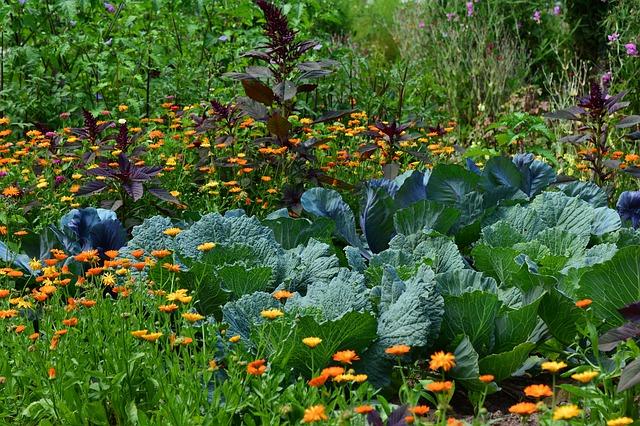
Conditions for Cabbages Farming in Kenya
Cabbages in Kenya Grow well at altitudes of between 700 and 2,200 metres above sea level, with a base annual rainfall of 500 mm. The ideal growing temperatures are between 16 and 20 degrees celsius.
The soils for growing cabbages should have a pH range of 6.0 to 6.5 with high organic matter content. Sandy or loam soils that drain well are recommended for cabbage farming.
Propagating Cabbages
Selecting the right cabbage seeds
Cabbages are propagated using seeds. This is done in a nursery in order to give the cabbage seedlings a good start.
The first process is selecting the seeds. Select cabbage seeds of a variety that is ideal for your ecological region and also that will produce cabbages for your market. Resistance to some pests and diseases is also an attribute you will need to look at when selecting your cabbage seeds.
Establishing a nursery for your cabbage nursery
The site where you will plant your cabbage seed should not have had a cabbage crop before. After site selection, you should prepare the cabbage nursery to be one metre wide with any required length.
Prepare drills that are 10-20cm apart and sow the cabbage seeds, covering them lightly with soil. Irrigate the seedbed thoroughly after planting. Water frequently, but avoid too much water as this can lead to a disease known as Damping-off.
Mulch your cabbage seedlings in order to avoid weeds and conserve water.
Transplanting Cabbage Seedlings
In 30 days after germination, the seedlings will be ready for transplanting. Harden the seedlings 2 weeks before the day for transplanting by reducing the frequency of watering and shade over the nursery.
The field for planting cabbages should have been prepared and manure applied at the rate of 5 to 8 tonnes per acre. Mix the manure into the soil using your preferred method. This should be done 2 weeks before transplanting, in order to give time for the manure to be incorporated into the soil. Avoid manure that is not well decomposed, as this might lead to cutworm infestation.
Prepare rows of either 30 to 60 centimetres apart depending on the variety of cabbage.
Two to three handfuls of manure should be applied on each planting hole and 10 grams (2 teaspoons) of DAP per planting hole. This amounts to 80kg per acre. Do not apply DAP on acidic soil, but use DSP, TSP or NPK. Make sure the fertilizer is mixed well with the soil to prevent scorching your cabbage seedlings.
The cabbage plants should be spaced 30 to 60 centimetres apart, depending on the variety. The spacing for cabbage varies from 30 centimetres by 30 centimetres to 60 centimetres by 60 centimetres. This gives a cabbage population of 11,111 to 44,444 cabbages per acre.
Irrigation for cabbages
Cabbages require 500 millimeters of water. If this is not available, you will need to irrigate your cabbages either using drip, furrow, or overhead irrigation. This is to increase the cabbage head size, prevent head-splitting, and ensure the heads are formed in a uniform manner.
Reduce the frequency of watering as the cabbages mature. Make sure there is no waterlogging as this will lead to magnesium and phosphorus deficiency.
Top Dressing for Cabbages
KALRO recommends that cabbages top-dressed with CAN fertilizer two times after transplanting;
- Two to Three weeks after transplanting at the rate of 10 grams per plant. This results in 100 kilograms per acre of CAN fertilizer.
- The second topdressing is done at the rate of 20 grams per plant when the heads begin to form. This results in 200 kilograms per acre of CAN fertilizer.
| Fertilizer/Manure | Rate Per acre | time |
| Animal Manure | 8 tonnes per acre | 2 weeks before transplanting |
| DAP/DSP/TSP/NPK (choose one depending on Ph level of soil. Do not apply DAP on acidic soils) | 10 grams per planting hole | 2 weeks before transplanting |
| CAN Fertilizer | 10 grams per plant | 2-3 weeks after transplanting |
| CAN Fertilizer | 20 grams per plant | When cabbage heads begin to form |
Pests Affecting Cabbages
There are several pests that might attack your cabbage crop, leading to decreased yields. Controlling these pests in cabbages is a major step towards obtaining the desired garbage harvest quantities and quality.
Diamond Black Moth
The DBM moth is grey in colour. When it closes its wings, a diamond pattern can be seen at the back.
The diamond black moth lays about 400 eggs under the leaves. As the diamond black moth larvae is developing, it feeds on the leaves leaving holes that resemble windows. This will make your cabbages not develop heads if the infestation happens early.
The diamond black moth can be controlled by:-
- Use of pesticides, either chemical ones or biopesticides
- Use of wasps from the Diadegma family, that act as parasites to the Diamond Black Moth. If using wasps, be careful not to use chemical pesticides, as these will harm the wasps.
- Use of neem-based insecticides
- Intercropping cabbages with repellent crops e.g tomatoes or trap crops such as Indian Mustard. If intercropping with tomatoes, the tomatoes should be planted 30 days before the cabbages are planted.
Cabbage Sawfly
The Sawfly, also known as the cabbage leaf sawfly is a wasp that lay eggs inside the leaves of cabbages. It has two pairs of wings, a dark head, and thorax, and a yellow abdomen. The larvae of the sawfly are what cause damage to cabbage. The sawfly larva is grey in color, resembling a caterpillar, and feeds on the leaves of cabbages, leaving only the vein.
The cabbage sawfly can be controlled by the removal of any wild host plants that belong to the cabbage family, removal of the larvae by hand where feasible, and the use of both organic and chemical pesticides.
Aphids
Aphids damage cabbages by sucking sap from the plant, leaving the leaves curled and resulting in the poor formation of cabbage heads. There are three types of aphids that affect cabbages. These are:-
- Green Peach Aphid
- Mealy Cabbage Aphid
- False Cabbage Aphid.
Aphids can be controlled by the use of natural enemies e.g ladybirds and wasps. You can also use pesticides and insecticides to control aphids on your cabbages.
Slugs
Slugs hide under the cabbage leaves, eating the leaves. This affects the quality of cabbages harvested. The slugs in cabbages can be controlled by drowning them. Dig in tins in the field. Fill in the tins with water and add yeast to attract the slugs. The slugs will then drown in the water.
Cutworms
Cutworms affect cabbages by chewing the cabbage stems partially or completely. This will make the cabbage plant fall. Cutworms are blackish-grey larvae that hide in the soil around cabbages. They will come out at night to eat your cabbage stems, then hide during the day.
Cutworms in cabbages can be controlled by:-
- Use of insecticides
- Exposing them to their enemies by ploughing the soil
- Removing weeds early enough interferes with the sites where they lay eggs
- You can look around the soil near the plants and remove the cutworms by hand.
| Pest | Control |
| Diamond Black Moth | Biopesticides, chemical pesticides, intercropping with crops that repel them, use of parasitic wasps. |
| Cabbage Sawfly | Pesticides, destruction of wild host plants, and hand picking where feasible. |
| Aphids | Use of natural enemies, use of pesticides, and insecticides. |
| Slugs | Use tins with water and yeast. |
| Cutworms | Hand removal, use of insecticides, early weed removal, ploughing. |
Summary of pests affecting cabbages
Diseases affecting cabbages
Club Root
Club roots in cabbages lead to swelling of the roots. They develop galls and the shape of the roots is distorted. It is caused by a fungus. The swollen roots are then infected by bacteria leading to rotting.
To control club roots in cabbages, practice crop rotation, and destroy infected plants. Apply lime to the soil. This creates an environment that is not favourable to club root.
Bacterial Soft Rot
Bacterial soft rot in cabbages is a soil-borne disease that spreads quickly when water splashes from leaf to leaf. After harvest, the cabbage heads soften and then rot, developing a very bad smell.
To control bacterial soft rot in cabbages, rotate with cereals and legumes. Maintain proper field hygiene and do not harvest when it is wet. Destroy infected plants. Harvested cabbages should be handled and stored well. You can also use copper-based fungicide when the heads begin to form.
Alternaria Leaf Spot
Alternaria Leaf Spot in Cabbages is caused by fungi. It is displayed by circular spots on the surface of older leaves, which enlarge into concentric rings with yellow borders. The infected area falls off leaving a hole.
In harvested cabbages, the spots enlarge and may give way to soft rot bacteria, leading to bacteria soft rot as described above.
To control Alternaria Leaf Spot, use clean planting material that is free of disease and practice crop rotation. Any infected plants should be destroyed.
Ring Spot
Ringspot in cabbages spread by wind. It can also be spread by using compost that was made using infected plant remains. It is a seed-borne disease that can come from the use of infected seeds.
In cabbages, ring spot is shown by brown-grey spots on leaves with a green border and blackish inner zones.
To control ringspot, use clean seeds. Practice crop rotation, where you should not plant a crop from the same family for at least 2 years. Maintain good field hygiene. You can also use fungicides.
Black Leg
Blackleg, also known as dry root canker is a seed-borne disease, spread by crop remains, infected seeds, and tools. Infected cabbages will dry suddenly or fall over as the cabbage head becomes heavier. The cabbage leaves will have light brown spots. The spots on the leaves eventually develop grey centers with many black spots. The cabbage stems develop cankers that move to the roots, killing them.
To control black leg, use clean seeds that are free from disease. Practice good field hygiene and crop rotation. The soil should have good drainage. Plants that have black leg should not be used as animal feed, as the manure from the animals will carry the disease.
Black Rot
Black rot, caused by bacteria is characterized by v-shaped brown lesions on the leaf margins. The veins turn black. A black ring is seen on the stem when cut across. Infected cabbage heads eventually become soft and turn black, They rot and produce a very bad smell.
Black rot spreads mostly when temperatures are hot and when the environment is wet.
To control black rot, use clean seeds and destroy plant remains by fire. Rotate your crops for 3 years. You can choose to plant cabbage varieties that are resistant to black rot. The use of copper-based fungicides can help if applied at the beginning stages of the disease.
Damping Off
As a common disease in cabbages, damping off is a fungal disease that affects cabbages mostly in the nursery. The cabbage seedlings rot at the bottom of the stem, eventually collapsing. It affects cabbage seedlings mostly during the rains as a lot of moisture creates the perfect condition for damping off.
To control damping-off, do not plant your cabbage seedlings where there has been an infestation of the disease before. Make sure the soil does not have too much moisture.
Space the cabbage seedlings well so as to allow the soil to dry, in case of excess moisture. Control your watering activities to make sure that the soil does not get too wet.
The use of crop rotation and clean seeds is highly recommended. Where possible, solarize your soil so as to kill any disease-causing organisms in the soil. Solarization is the use of clear plastic cover over the seedbeds, in sunny seasons. This causes the soil to heat up, hence killing any disease-causing organism.
You can also use fungicides to control damping off.
| Disease | Control |
| Club Root | Crop rotation, lime application to soil, destruction of infected plants. |
| Bacterial Soft Rot | Field hygiene, crop rotation, destruction of infected crops, use of copper-based fungicides, handling, and storing produce well. |
| Alternaria Leaf Spot | Destruction of diseased plant material, crop rotation, and use of clean planting material. |
| Ring Spot | Fungicides, field hygiene, crop rotation, use of certified seeds |
| Black Leg | Field hygiene, crop rotation, certified seeds |
| Bacterial Black Rot | Copper-based fungicide, crop rotation, destruction of plant remains, use clean certified seeds. |
| Damping off | Fungicides, Solarization, Rotation, |
Harvesting Cabbages
Your cabbages will be ready for harvesting after two and a half months to 4 months, your cabbages will be ready for harvesting. The time for harvest depends on the variety of cabbage and ecological region.
You will be able to tell that the cabbage is mature when the head becomes solid. They will feel firm when squeezed. You have to harvest them at this point, or else they will start splitting.
The heads should be cut at the base, with the outer leaves that will protect them and keep them fresh during transport and in the market. Injuring the head will lead to rotting.
With good management practices, your cabbages will yield between 15 tonnes to 70 tonnes per acre, depending on the variety.
Cabbages are sorted, where the ones with diseases or are damaged are put aside and the rest taken to market. The grading for cabbages is as follows:-
- Small – Small cabbages will weigh between one and two kilograms
- Medium – Medium cabbages will weigh between three and four kilograms
- Large – Large cabbages will weigh over five kilograms.
In the market, cabbages are sold at different prices, depending on the grade.

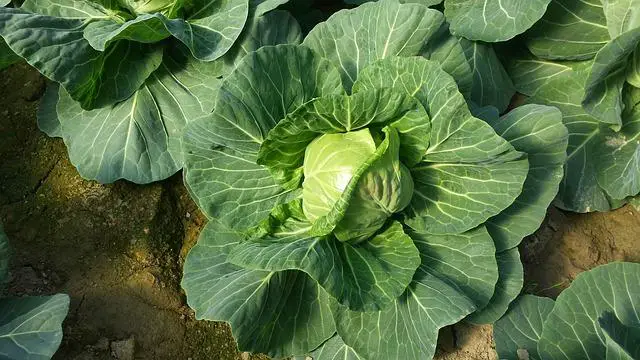
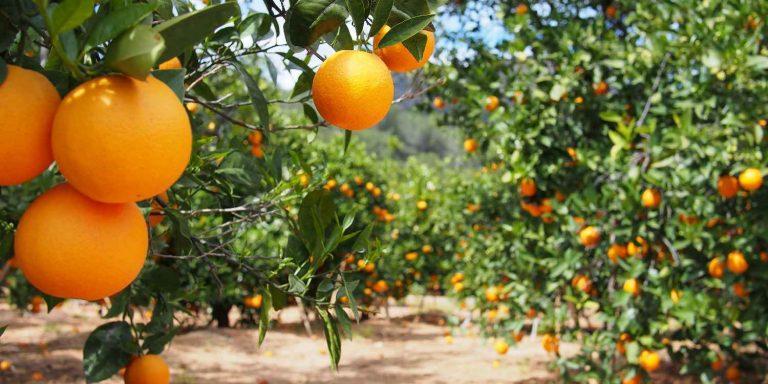
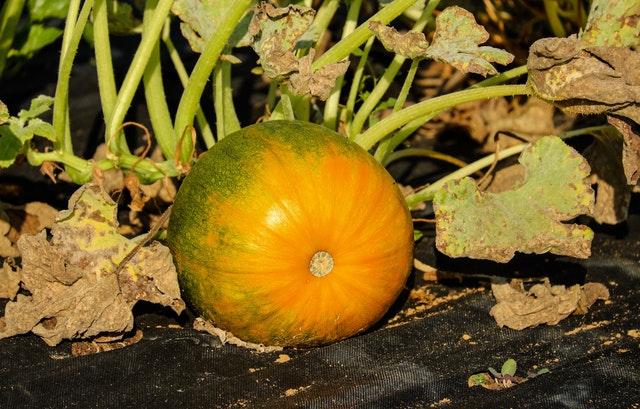

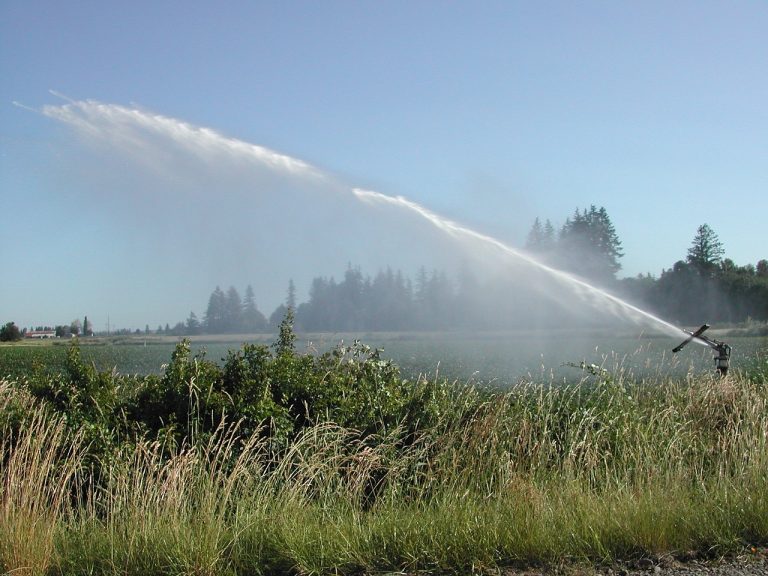
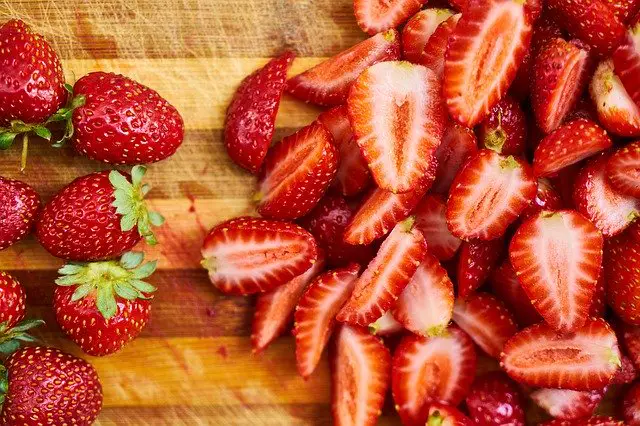
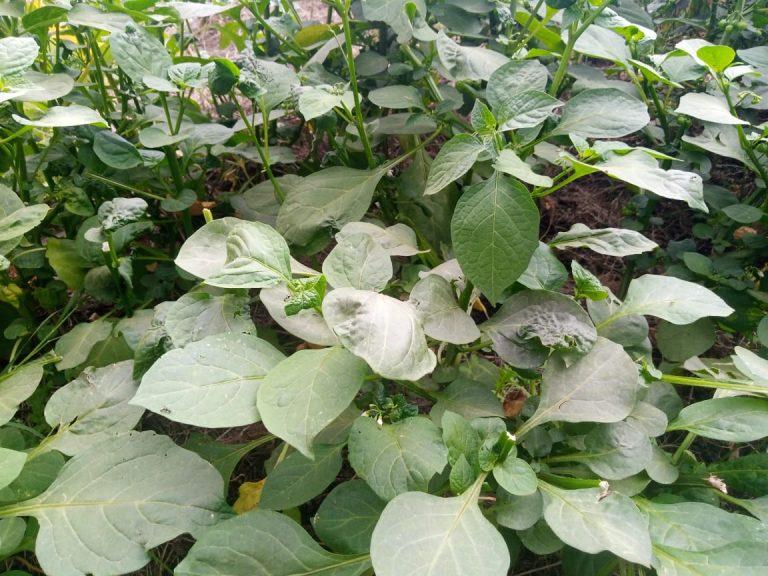
Wauh …and accualy farming is more of profitable than other businesses…
Great information
Great information